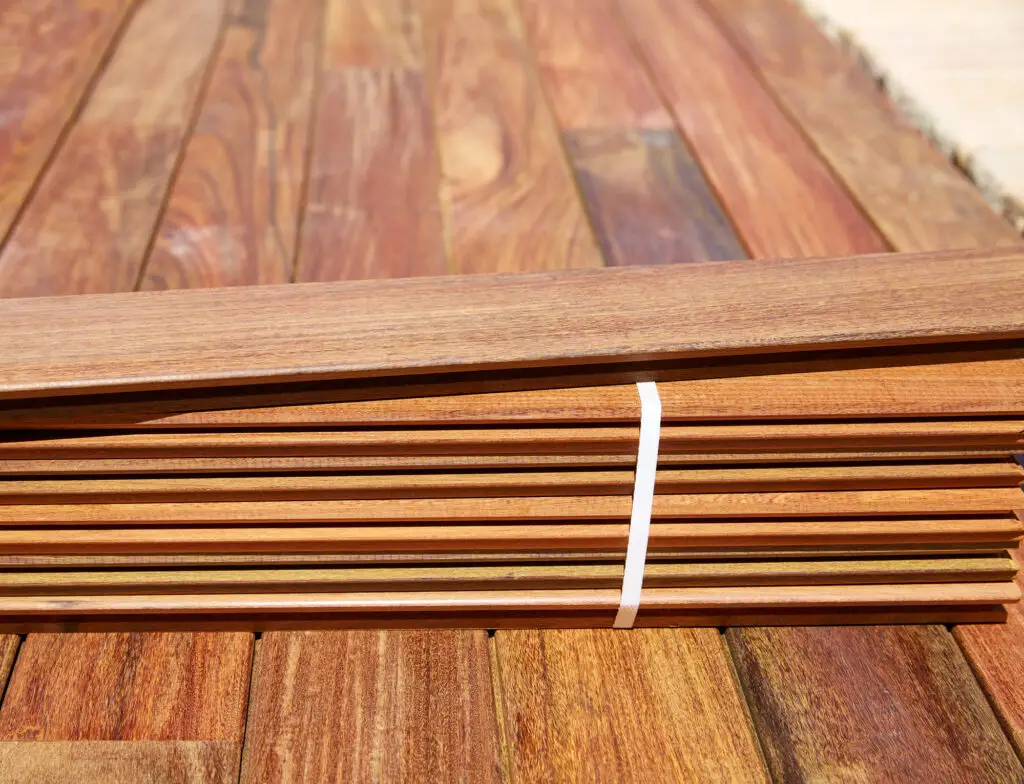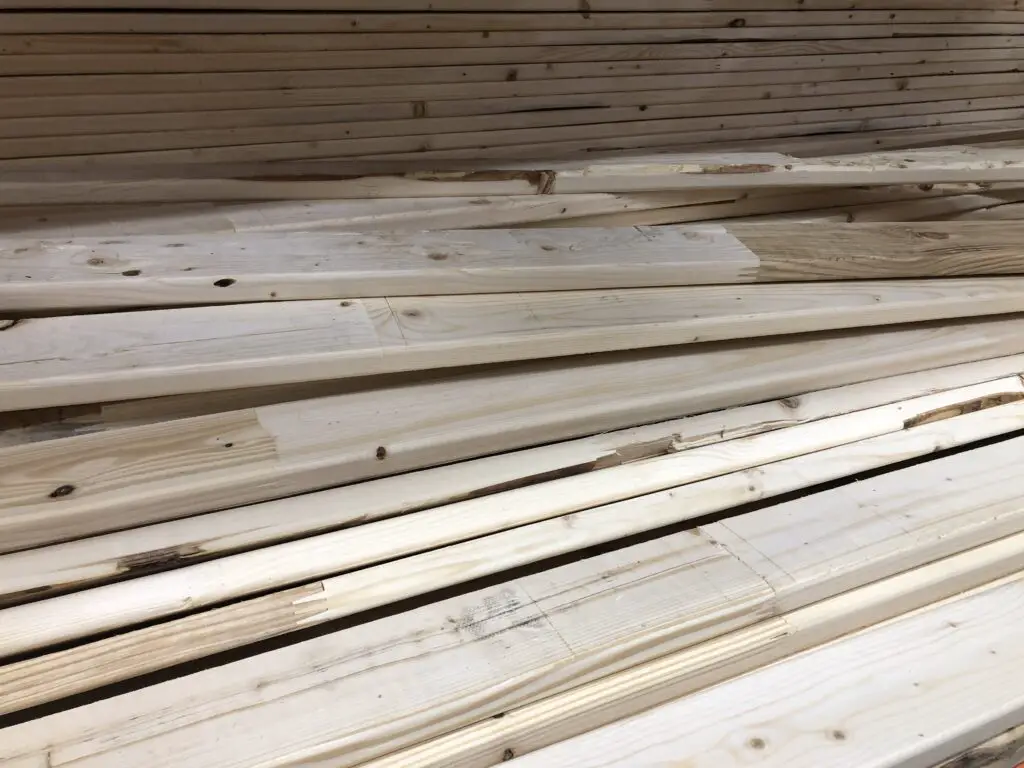You might be concerned about a walnut cutting board nut allergy. If you have any nut allergies, then something you may not have considered is the possibility of experiencing an allergic reaction from coming into contact with walnut wood — such as a walnut cutting board!
While it isn’t the nut itself, there are still risks from the oils within the wood. Now, you may be wondering how exactly could a person have a reaction from simply touching a piece of furniture!
For those who would like the quick answer to the question: no, it is unlikely that you would find yourself reacting to walnut wood in the context of using a cutting board (or sitting at a walnut table.) But remember, precautions should always be taken when allergies are concerned. That being said, cases of allergic reactions from walnut wood are mostly unheard of. On the other hand, wood finished with walnut oil might cause problems. This is especially true if it is freshly applied or not appropriately cured.
It is always possible that those allergic to eating walnuts may have a mild reaction when consuming food prepared on a surface made out of walnut wood or treated with walnut oil. If you have extreme reactions, it is better to be safe than sorry and steer clear of walnut cutting boards!
Is Walnut Wood Safe for Cutting Boards?
What if you don’t have a walnut allergy? Is walnut an okay material for making cutting boards? Yes! Walnut wood is a hard wood, making it both kitchen and food safe. Also, it falls in that sweet spot of being a good wood choice for the maintenance of both your boards and your knives!
Walnut cutting boards are not only durable and long-lasting, but they also provide a small number of antimicrobial properties, stopping most bacteria from growing within cuts made on the board.
How Do I Treat a Walnut Wood Cutting Board?
The first thing you want to do is season your cutting board. Though if the supplier you purchased it from has pre-seasoned it, you can skip this step. If not, this is a necessary process that keeps your board good-looking and long-lasting.
To properly season your cutting board, you should use food-grade mineral oil, applying it evenly across all surfaces. While regular seasoning passes are done roughly once a month, you should reseason your board if you begin to notice that some spots are lighter than others.
If cut marks and slashes begin to accumulate along the board’s surface, lightly sanding it down will return the smooth feeling. Another way to further preserve your board for prolonged usage is to switch up the way you use it. Typically cut square in the middle? Try using one of the corners every once in a while. Using different sides ensures that a specific area isn’t constantly worn down.
As for storing the walnut cutting board, it is best to keep it upright in a place away from water and dust.
Can You Be Allergic to Walnut Wood?
You can be allergic to walnut wood, though not for the reasons you may expect. You may find yourself having an allergic reaction after working on a project using walnut due to the sawdust and residue on the wood.
You’re much more likely to have some form of response after inhaling any loose particles — especially if you have asthma — than you would from cutting some veggies on an adequately cured and seasoned walnut cutting board.
Precautions Needed When Working with Walnut Wood?
There is no guessing whether working with walnut wood will trigger an allergic reaction. However, there are plenty of precautions that you can take if you do have an allergy before coming into contact with the wood.
Firstly, minimize as much direct exposure to the wood as possible: wear long-sleeved clothes, gloves, face mask, and goggles.
You also need to clean your hands often and maintain a tidy workspace. Finally, keep an EpiPen by your side at all times, and it wouldn’t hurt to have someone else near you on the off chance that you do trigger an allergic reaction.
Walnut wood: Is It Toxic?
Poisons found in trees are usually located within the bark or sap but rarely inside the actual wood. When you discover toxins within the wood itself, it is typically due to the wood being pressure treated.
As for the finishes and lacquers, these can be highly toxic! It is vital that these are avoided on wood used for cooking or eating. If you have any utensils, kitchenware, or cutting boards made out of walnut, it is better to use a finish that isn’t toxic and won’t chip off and become a possible hazard. Mineral oil is always the best bet.

